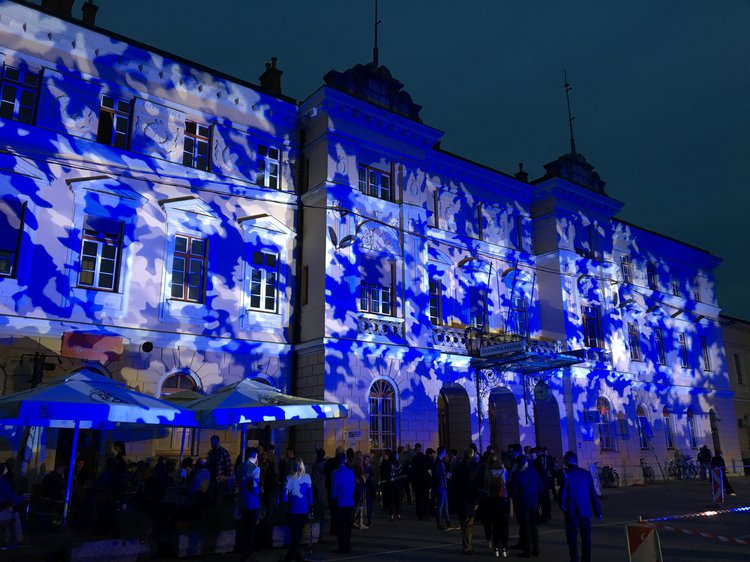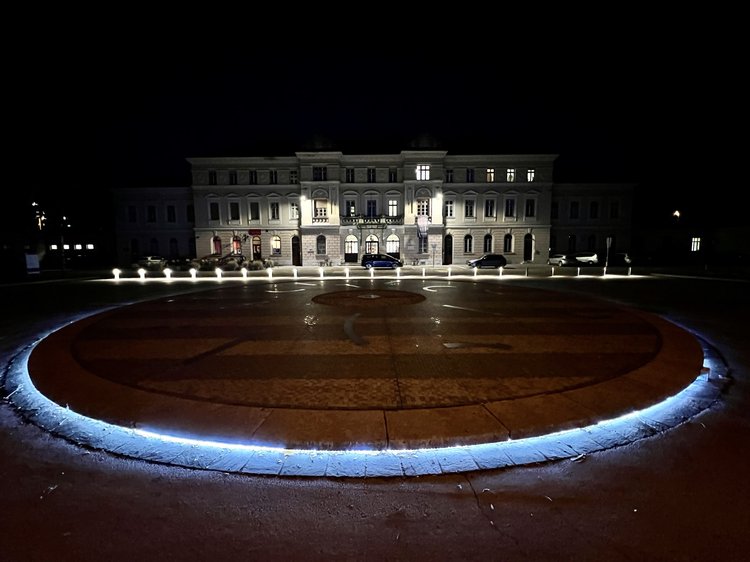Transalpina - Europe Square: History and Significance







THE CONTEXT
Historically, the area on the border between Italy and Slovenia has undergone several geopolitical changes over the centuries that have altered the shape of the border, creating conflicts, dividing and uniting the territory and population. Finally, with the collapse of Yugoslavia, Slovenia's independence and its entry into the European Union, a period of peace and cooperation began.
In 2011, a clear will for cooperation was demonstrated when three municipalities (Gorizia, Nova
Gorica and Šempeter-Vrtojba) founded the European Grouping of Territorial Cooperation - EGTC
GO, to identify and address common challenges and find solutions for the integration of the cities and the improvement of citizens' quality of life. Thanks to the EGTC GO, cross-border differences
have been transformed into cross-border opportunities.
A milestone in this process was the joint bid of the cities of Nova Gorica and Gorizia as European Capital of Culture (ECOC) for the year 2025. Under the slogan »GO!BORDERLESS« the two cities want to create a concrete, participative and effective cultural strategy, ultimately contributing to the improvement of the quality of life of the citizens of the entire border area.
The Transalpina/Europe Square, which is currently still a peripheral area for the two cities, will become the beating heart and soul of the agglomerate’s cultural and artistic programme during the year of the ECOC and in subsequent years.









THE SQUARE
The square, which sits half in Italy and half in Slovenia, represents an important meeting point between the two cultures. Since the border was eliminated, it has become a symbol of friendship and cooperation between the two states. There are, however, still many administrative barriers to cross-border cooperation.
During the closure of the border due to Covid-19, it became an emblem of unity and connection, and nothing like the crisis period has shown us how the cities, although geographically located in different states, are actually connected through daily exchanges, basically forming a single agglomeration.
The ECOC District
Since the 2020 bid for the ECOC title, the plan was to create an »EPIcentre«, a gateway for the two cities, or rather for the cross-border city GO! Borderless. Since then, a lot has happened, many hurdles - bureaucratic, technical and inevitably also related to the border issue - have been overcome in order to arrive at a broader project. The aim of creating the new »district« is building a unified, connected and integrated urban system, which will be functional not only for the events of GO! 2025 but also for the life of the city in the years to follow.
In addition to this construction site, there is a plan to upgrade and renovate the Nova Gorica railway station, redevelop the cross-border green area and set up two spaces for the public (EPI Centre and Super 8).








Photos: Pierluigi Bumbaca Fotografo, Arhiv Goriski Muzej, GECT GO
